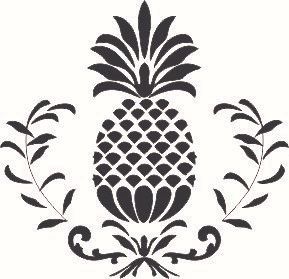Blog
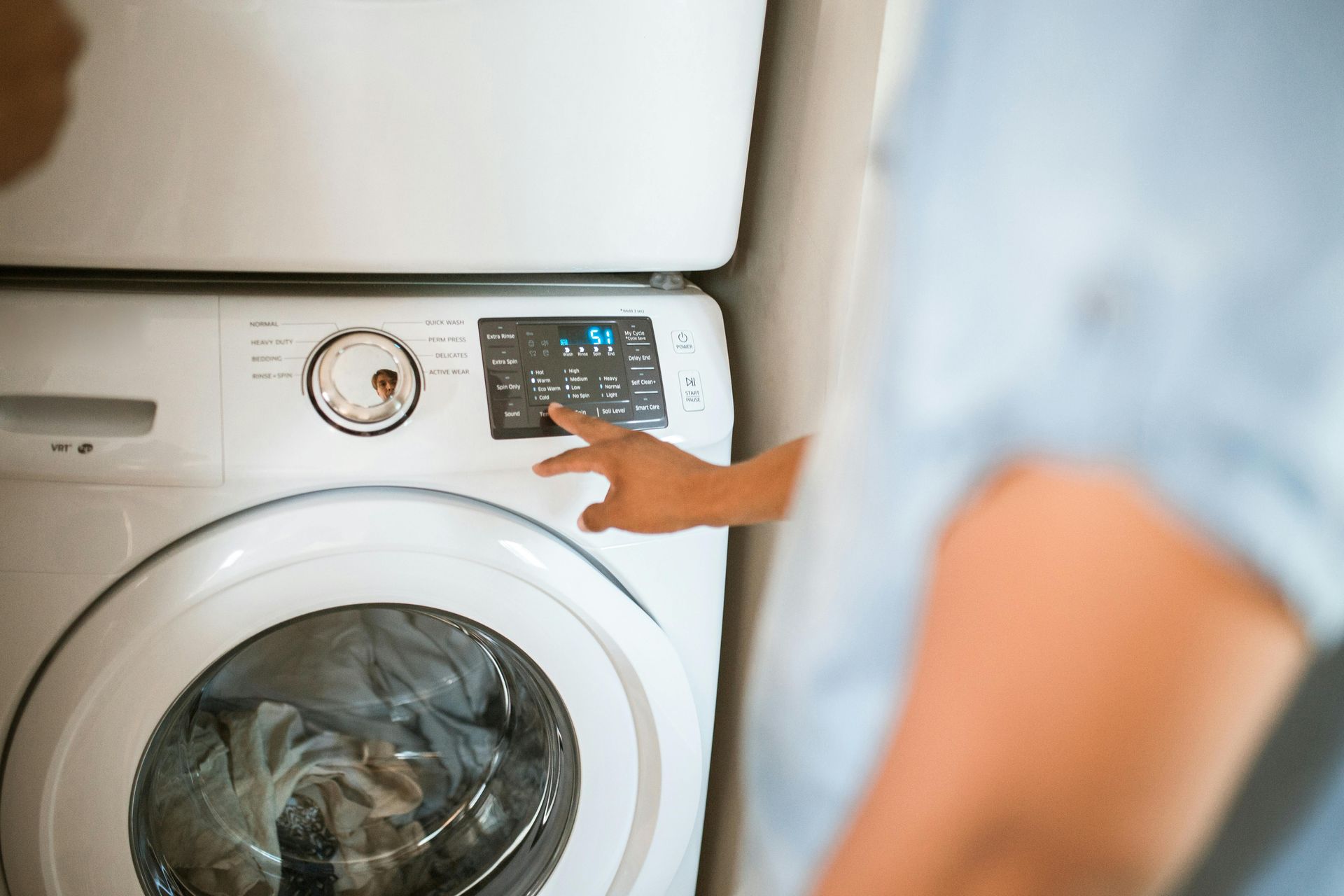
By Mieke Hansmeyer
•
March 24, 2025
A feather duvet is a significant investment in comfort and luxury, promising years of cozy nights. But when it comes to cleaning these plush bedding items, many people are hesitant, fearing they might damage their beloved duvets. One of the most common questions is whether a feather duvet can be safely washed in a washing machine. Let's explore this topic and answer some key questions about feather duvet care.
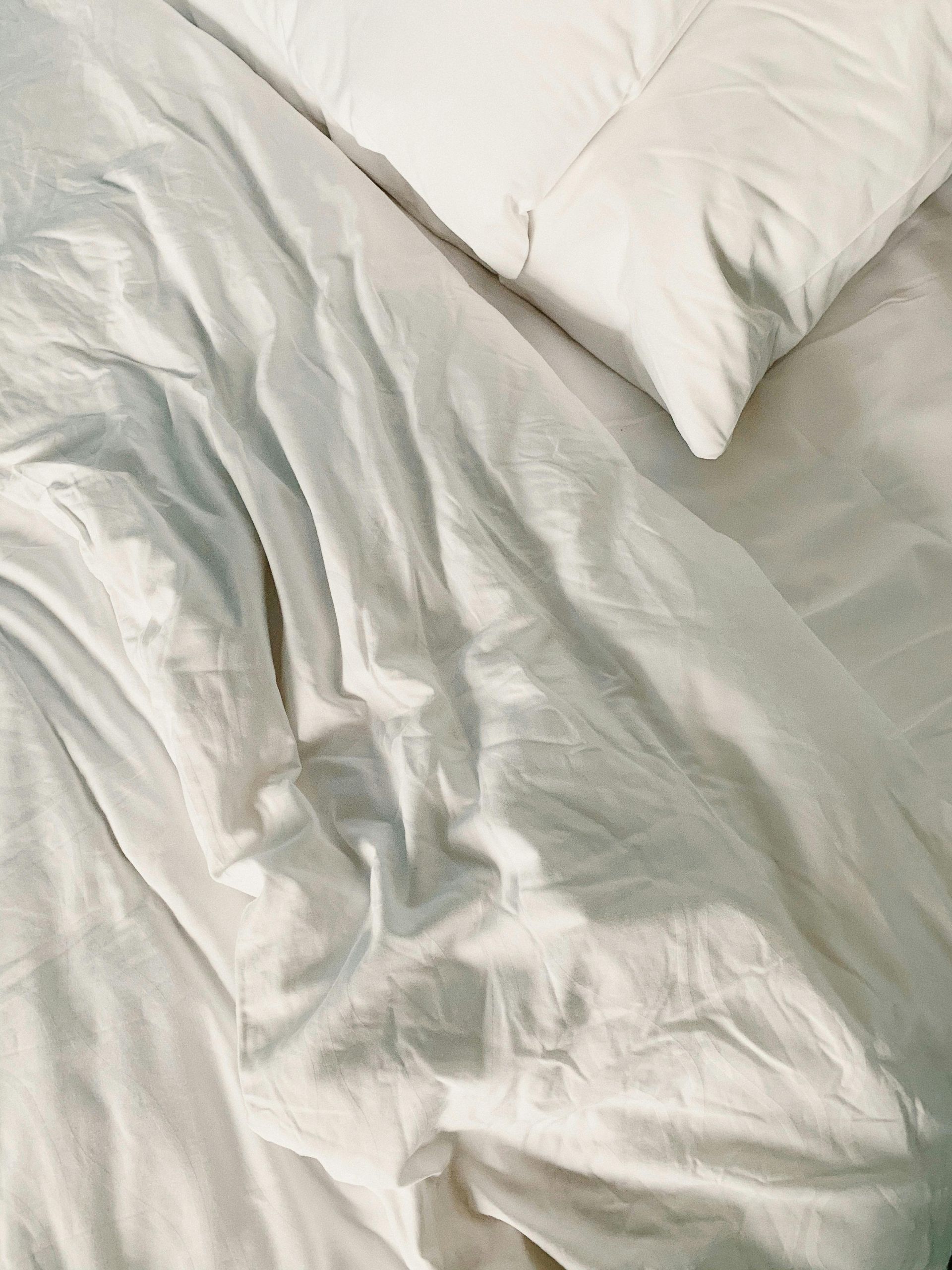
By Mieke Hansmeyer
•
March 7, 2025
When shopping for bedding, the terms "comforter" and "duvet" are often used interchangeably, leading to confusion among consumers. However, these are distinctly different bedding items with their own advantages and uses. Understanding the differences can help you make the right choice for your bedroom and sleeping preferences. The Basic Difference Comforter : A thick, quilted, fluffy blanket that is used as the top layer of bedding. It is typically filled with synthetic fiber, down, or feather filling and quilted to secure the filling in place. Comforters are usually designed to be used as is, without a cover. Duvet : A soft flat bag filled with down, feathers, wool, or synthetic alternatives. A duvet is designed to be used with a removable cover, called a duvet cover. The word "duvet" comes from the French word for "down." Now, let's dive deeper into specific questions about these bedding options. Is a Duvet Better Than a Comforter? Whether a duvet is better than a comforter depends on your personal preferences and priorities: Advantages of Duvets: Easier to Clean : Since you only need to wash the duvet cover (not the insert), maintenance is simpler Versatility : You can change duvet covers to match seasons or décor without replacing the entire bedding Warmth-to-Weight Ratio : Duvets, especially those filled with down, typically provide more warmth with less weight Simplicity : A duvet with cover can eliminate the need for top sheets, blankets, and bedspreads Advantages of Comforters: Ready to Use : No assembly required—they come ready to put on your bed Decorative : Often available in various patterns and colors to match bedroom décor Stay in Place : Less shifting of filling due to quilted construction Price : Generally less expensive upfront (though this varies by quality) The "better" option really comes down to your preferences regarding maintenance, versatility, and aesthetics. Can I Use My Comforter as a Duvet? Yes, you can use a comforter inside a duvet cover, though there are some considerations: Size Matching : Ensure your comforter and duvet cover are the same size for the best fit Securing Methods : Comforters lack the corner ties that duvets have for securing to duvet covers, which may result in bunching or shifting Thickness : Comforters are often bulkier than duvet inserts, potentially making them difficult to fit into some duvet covers Appearance : The quilted pattern of a comforter may show through a duvet cover, affecting the smooth appearance that duvet covers typically provide This approach can be a practical solution if you already own a comforter but want the versatility and easy-cleaning benefits of a duvet cover. Do Hotels Use Duvets or Comforters? Most upscale and luxury hotels today use duvets with covers rather than traditional comforters. Here's why: Hygiene : Duvet covers can be easily removed and washed between guests, ensuring cleanliness Efficiency : Housekeeping staff can quickly change duvet covers rather than replacing entire comforters Luxury Feel : Down or high-quality synthetic duvets provide the plush, cloud-like sleep experience that luxury hotels want to offer Clean Appearance : The crisp, white duvet cover creates the iconic "hotel bed" look that many establishments strive for Some budget hotels may still use comforters, particularly those with patterns that don't show stains as easily, but the industry standard has largely shifted toward duvets with white covers. Which One is Warmer, a Comforter or a Duvet? Warmth depends more on the filling material, fill power (for down products), and construction than on whether the item is a comforter or duvet. However, there are some general differences: Duvets are traditionally designed for warmth and often contain higher fill power down or denser filling. The duvet cover adds an additional layer of insulation. Comforters are available in various weights, from lightweight summer options to heavier winter versions, but they're frequently designed as a middle-ground option that works year-round. For maximum warmth: Look for high fill power (600+) in down products Consider baffle-box construction for more loft Choose natural materials like down or wool for superior insulation If you live in a colder climate, a high-quality duvet with an appropriate tog rating (warmth measurement) will typically provide more warmth than a standard comforter. Can You Put a Comforter in a Washing Machine? Most comforters can be washed in a washing machine, but there are important considerations: Size : Standard home washing machines may not accommodate king or queen-sized comforters properly. Consider using a commercial-sized machine at a laundromat for larger comforters. Material : Check the care label for specific instructions. Down comforters require special care to prevent clumping, while synthetic comforters are generally more washing-machine friendly. Machine Capacity : Front-loading machines typically handle bulky items better than top-loaders with agitators, which can damage the comforter or cause uneven cleaning. Washing tips: Use a gentle cycle with mild detergent Avoid fabric softeners, which can coat fibers and reduce insulation properties Ensure thorough rinsing to remove all detergent Dry thoroughly to prevent mold or mildew growth If your comforter is down-filled or particularly delicate, professional cleaning may be the safest option. How Often Should I Wash My Comforter? The recommended washing frequency for comforters depends on several factors: If Used with a Duvet Cover or Top Sheet : 2-3 times per year If Used Directly Against Skin : Every 1-2 months For Allergy Sufferers : Every 6-8 weeks may be beneficial Factors that might necessitate more frequent washing: Pets sleeping on the bed Excessive sweating during sleep Spills or stains Illness Between full washings, you can: Spot clean stains as they occur Air out your comforter regularly (hang outside on a sunny, dry day) Fluff in the dryer on a no-heat setting to remove dust Remember that excessive washing can break down the filling and fabric over time, so balance cleanliness with gentle care to extend the life of your comforter. Conclusion Both comforters and duvets have their place in creating a comfortable and inviting bed. Duvets with covers offer versatility and easier maintenance, while comforters provide simplicity and ready-to-use convenience. Your choice between these options should consider your: Cleaning preferences Desire for design flexibility Climate and warmth needs Budget considerations Storage space Whichever you choose, investing in quality materials will ensure greater comfort and longevity for your bedding.
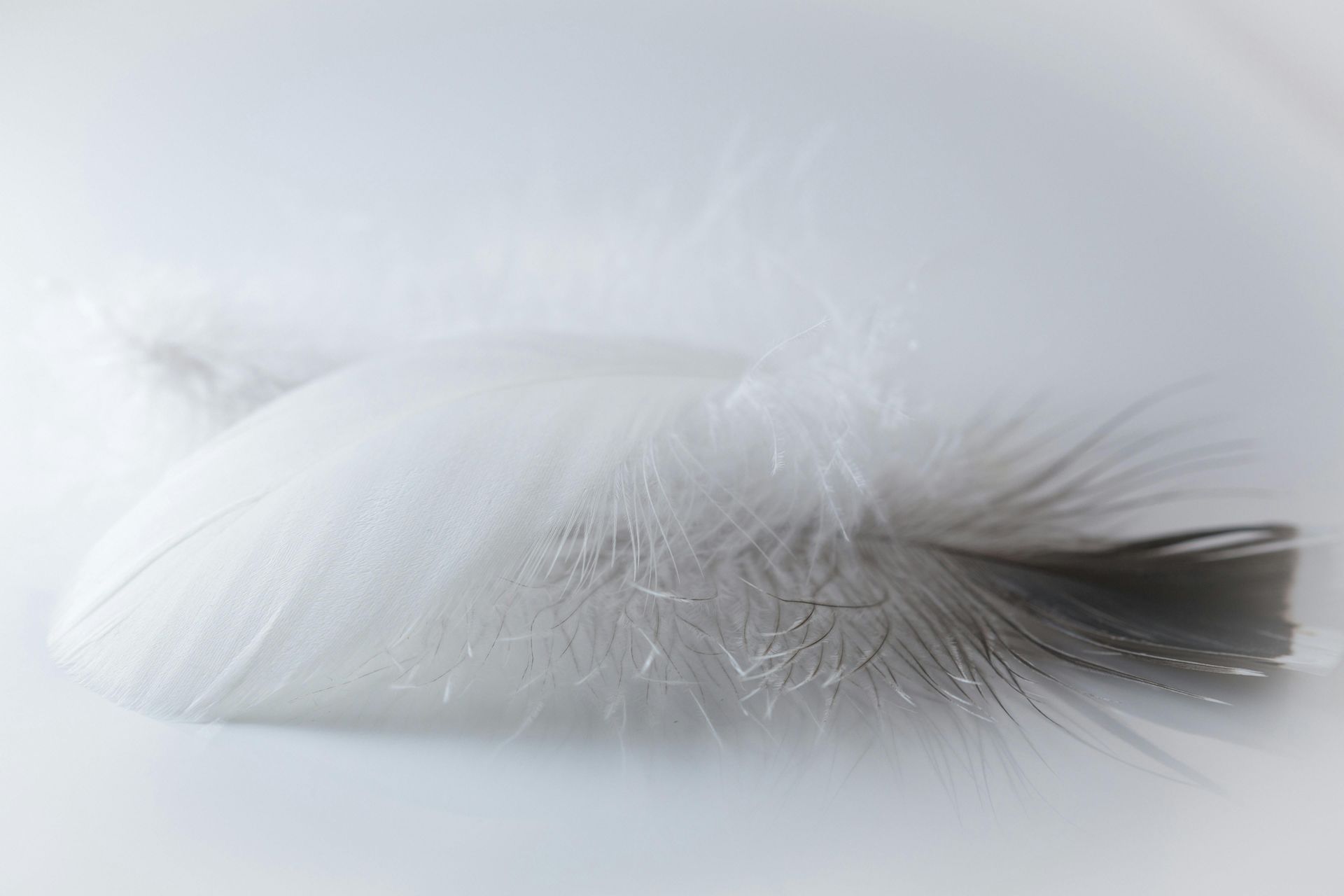
By Mieke Hansmeyer
•
March 3, 2025
When it comes to choosing the perfect bedding, the filling material plays a crucial role in comfort, warmth, and durability. Duck down and duck feather are popular natural fillings, but they have distinct differences that impact their performance and price. Let's explore these differences to help you make an informed choice for your bedding needs in South Africa. What Does Duck Down Mean? Duck down refers to the soft, fluffy clusters that grow beneath the tougher exterior feathers of ducks. These clusters don't have quills and consist of light, fluffy filaments that grow from a central point, creating a three-dimensional structure that traps air effectively. This trapped air serves as insulation, which is why down is prized for its exceptional warmth-to-weight ratio. Down is not the same as feathers – it's the soft undercoating that provides ducks with insulation against cold water and air. The structure of down allows it to loft (expand) and create pockets of warm air, making it an excellent insulator for bedding products. Why is Duck Down So Expensive? Several factors contribute to the premium price of duck down: Limited Supply : Down makes up only about 15-20% of a duck's plumage, making it relatively scarce compared to feathers. Collection Process : Harvesting down requires careful separation from feathers, which is labor-intensive and often done by hand to maintain quality. Processing Requirements : High-quality down undergoes extensive cleaning and sterilization processes to remove impurities and allergens. Insulation Properties : Down's superior insulating capabilities make it more valuable than feathers – it provides more warmth with less weight. Durability : Quality down can last decades with proper care, making it an investment rather than a regular purchase. Ethical Sourcing : Responsibly sourced down (from birds not live-plucked or force-fed) commands higher prices due to more humane and regulated production methods. The combination of limited availability, processing requirements, and superior performance justifies the higher cost for many consumers seeking premium bedding. What is 80 Duck Down and 20 Feather? An "80/20" blend refers to a filling mixture containing 80% duck down and 20% feather. This is a common ratio found in high-quality bedding products that balances the benefits of both materials: The 80% down component provides excellent insulation, softness, and loft The 20% feather content adds structure, support, and resilience to the filling This blend offers a compromise between the premium qualities of pure down and the structural benefits and cost-effectiveness of feathers. Many luxury hotels and high-end bedding manufacturers use this ratio as it provides excellent comfort while maintaining durability and reducing cost compared to 100% down products. Which is the Best for a Duvet Inner in South Africa? For South Africa's diverse climate, the best duvet inner depends on your specific region and personal preferences: For Coastal Areas (Cape Town, Durban): A medium-weight duvet with a 60/40 or 70/30 down-to-feather ratio provides versatility for the moderate temperature fluctuations Down's moisture-wicking properties are beneficial in humid coastal areas For Highveld Regions (Johannesburg, Pretoria): An 80/20 down-to-feather blend offers excellent insulation for cold winter nights while remaining breathable for warmer seasons Consider a higher fill power (600-700) for better insulation during cold winters For Karoo and Desert Regions: A versatile duvet with a down-feather blend helps manage the extreme temperature variations Look for products with baffle-box construction to prevent cold spots South African consumers should also consider: Fill Power : Higher fill power (600+) provides better insulation with less weight Thread Count : Higher thread count covers (300+) prevent down and feathers from escaping Local Availability : Products from local suppliers reduce import costs and carbon footprint Maintenance Requirements : Consider your willingness to care for natural fillings properly What is Better in Pillows - Down or Feather? The choice between down and feather pillows depends on your sleeping position and personal preferences: Down Pillows: Pros : Exceptionally soft, moldable, lightweight, and long-lasting Cons : Less supportive, require fluffing, more expensive Best for : Stomach and back sleepers who prefer soft, malleable pillows Feather Pillows: Pros : More supportive, maintain shape better, less expensive Cons : Firmer, heavier, potential for quills to poke through, shorter lifespan Best for : Side sleepers who need more neck support Combination Pillows: Many pillows use a core of feathers surrounded by an outer layer of down This design combines support (from feathers) with softness (from down) Usually more affordable than pure down while offering better comfort than pure feather For optimal comfort, consider your primary sleeping position: Side sleepers typically need firmer support (more feather) Back sleepers benefit from medium support (balanced blend) Stomach sleepers generally prefer softer pillows (more down) Luxury Virgin Micro Fiber Filling: An Excellent Alternative For those unable to use duck down or feather due to allergies, ethical concerns, or budget constraints, Luxury Virgin Micro Fiber filling offers an outstanding alternative: Key Benefits: Down-like Feel : Advanced manufacturing creates a filling that mimics the softness and loft of natural down Hypoallergenic Properties : Perfect for allergy sufferers and asthmatic individuals Cost-Effective : Significantly more affordable than premium down products Easy Maintenance : Machine washable and quick-drying compared to natural fillings Durability : Maintains loft and resilience with proper care Ethical Choice : No animal products involved, appealing to vegan consumers Our Luxury Virgin Micro Fiber filling undergoes specialized processing to create ultra-fine fibers that trap air similarly to natural down clusters. This results in excellent thermal properties without the potential drawbacks of natural materials. We highly recommend this filling for: Allergy sufferers sensitive to natural fillings Those with ethical concerns about animal products Budget-conscious shoppers looking for luxury comfort People living in humid climates where down may lose loft Those who prefer easy-care bedding that can be frequently washed Conclusion While duck down offers unparalleled natural insulation and luxury, duck feather provides structure and support at a lower price point. For many, the ideal solution is a blend that balances the benefits of both materials. For those with allergies, ethical preferences, or budget considerations, our Luxury Virgin Micro Fiber filling provides an excellent alternative that doesn't compromise on comfort or performance. This synthetic option delivers a down-like experience without the drawbacks of natural fillings. When choosing your bedding, consider your local climate, sleeping preferences, budget, and maintenance requirements to find the perfect balance of comfort, practicality, and value.
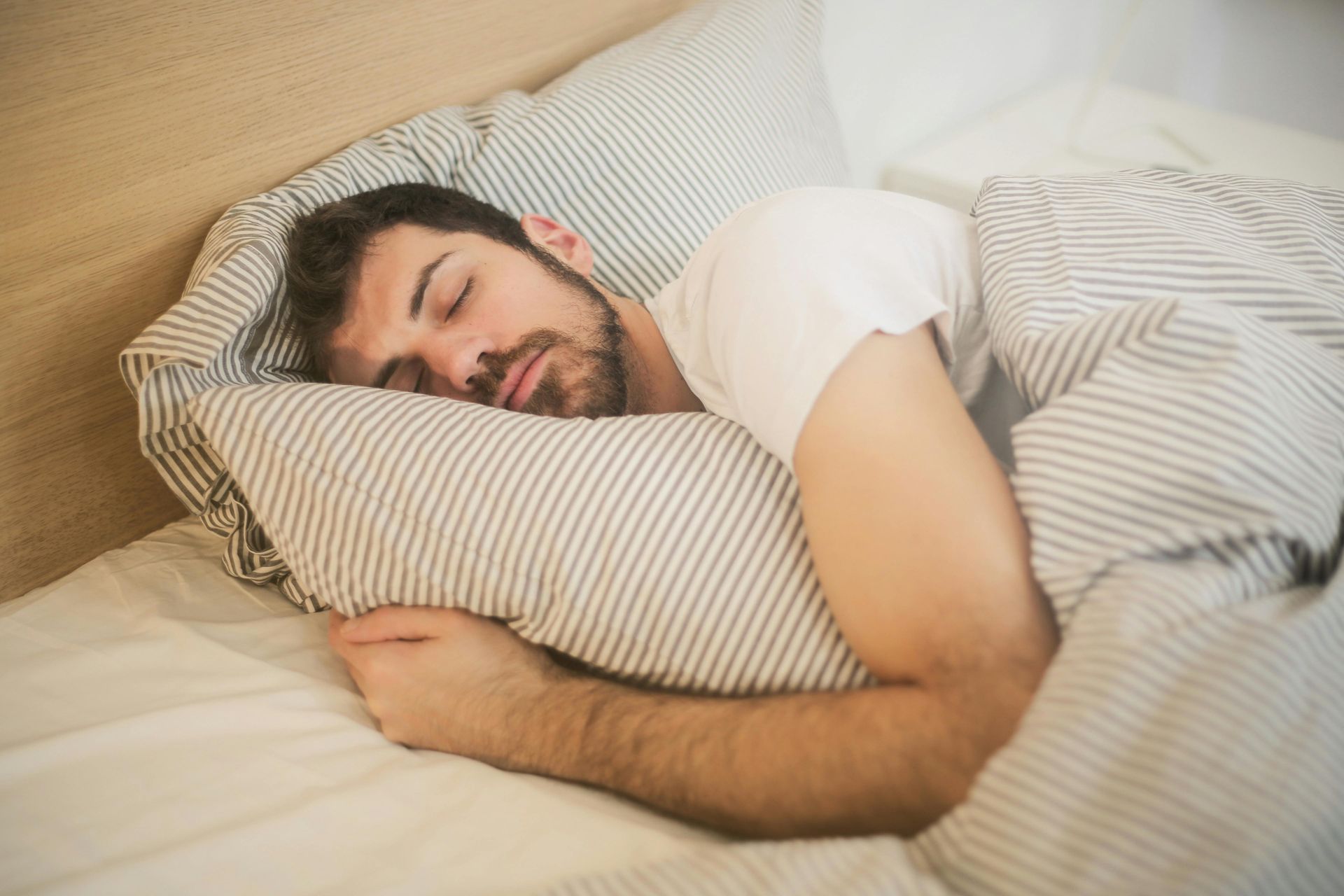
By African Dream Amenities
•
February 25, 2025
South Africa's diverse climate presents unique challenges for sleepers, especially those who tend to feel hot during the night. Choosing the right bedding can significantly enhance sleep quality and comfort. In this blog, we'll explore the best types of bedding for hot sleepers in South Africa, highlighting key materials, technologies, and expert recommendations. Understanding the Needs of Hot Sleepers Hot sleepers often face difficulties in maintaining a comfortable body temperature throughout the night. This can lead to restlessness, sweating, and disrupted sleep patterns. According to experts, the right bedding can make a substantial difference by providing breathability, moisture-wicking capabilities, and temperature regulation. Recommended Bedding Materials for Hot Sleepers Cotton Bedding Breathability and Moisture Absorption : Cotton is a popular choice due to its breathability and ability to absorb moisture. It allows for airflow around the body, helping to dissipate heat and keep you cool during hot summer nights. Cotton fibres can absorb up to 27 times their weight in moisture, ensuring that sweat is efficiently removed from the skin7. Thinner Cotton for Better Breathability : For hot sleepers, thinner cotton sheets are recommended as they provide better airflow compared to thicker ones. So you are looking at 200tc .... Linen Bedding Natural Cooling : Linen is another excellent option for hot sleepers. It offers a natural cooling effect and is known for its breathability and moisture-wicking properties. Linen sheets bring a rustic charm and are particularly suitable for South Africa's warmer coastal climates. Bamboo-Blend Sheets Cooling and Eco-Friendly : They are known for their exceptional breathability and moisture-wicking capabilities, making them ideal for those who tend to overheat easily. Additionally, bamboo is eco-friendly and hypoallergenic, making it suitable for sensitive ski n. Expert Recommendations and Stats Breathability Matters : Experts emphasize that the breathability of bedding is crucial for hot sleepers. Fabrics that allow for airflow help in releasing excess heat and moisture, making the sleeping environment feel cooler and more comfortable. Moisture Management : Bedding materials with high moisture absorption capabilities are essential for hot sleepers. This helps in preventing the buildup of sweat, which can disrupt sleep patterns. Hypoallergenic Options : For individuals with sensitive skin, hypoallergenic fabrics like bamboo and Tencel are recommended. These materials reduce irritation and provide a gentle touch, ensuring uninterrupted sleep. Tips for Choosing the Right Bedding Consider the Climate : South Africa's climate varies significantly across regions. Choose bedding that suits your local climate—breathable materials for warmer areas and warmer fabrics for cooler regions. Material Blend : Cotton-rich blends offer a balance of breathability and durability. They are suitable for both summer and winter, providing moisture-wicking properties and warmth when needed. Thread Count : While a higher thread count often indicates softer sheets, it can also reduce breathability. Opt for a balance between softness and airflow so 200tc is ideal - it's light and breathable.
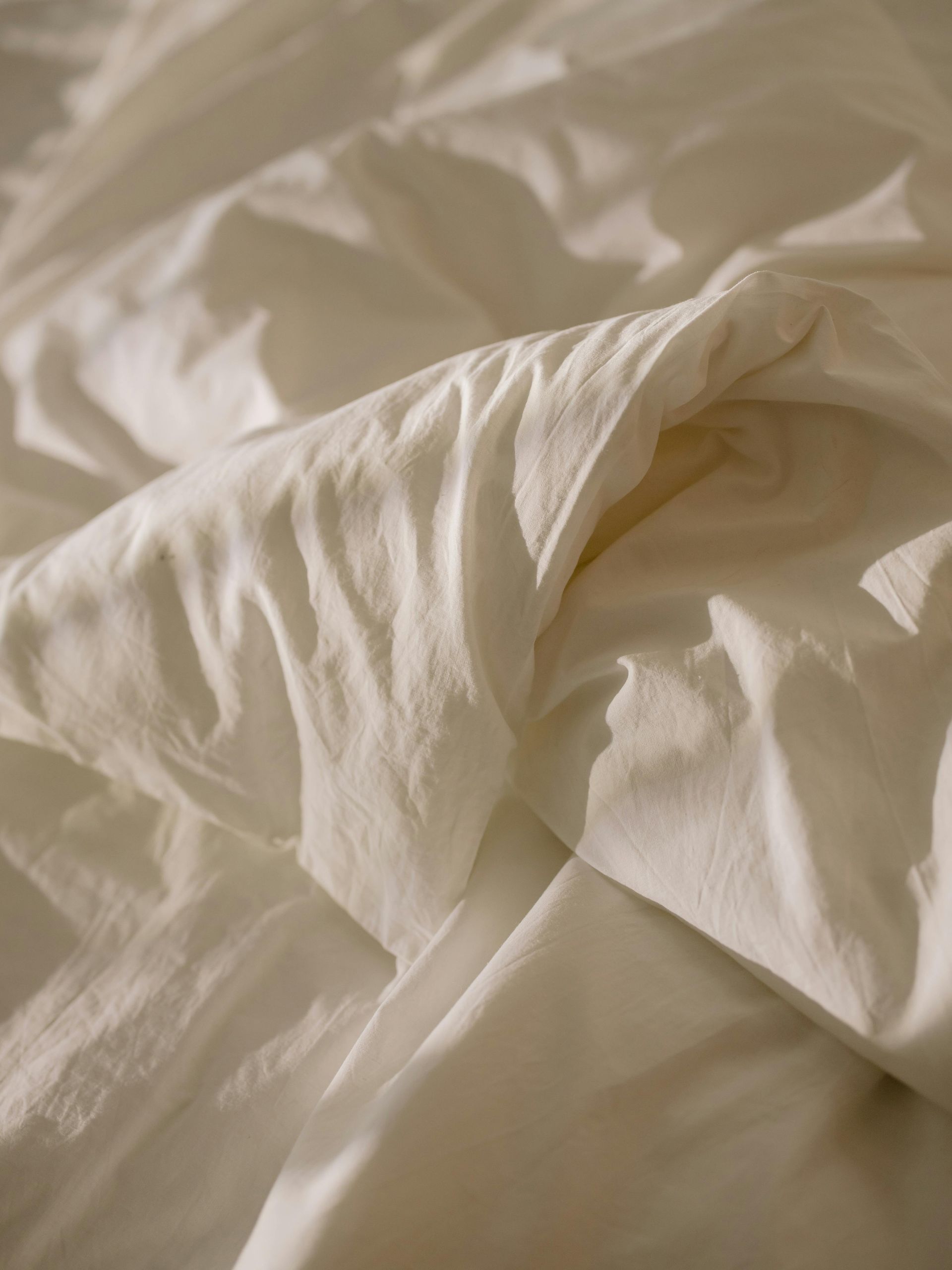
By African Dream Amenities
•
February 10, 2025
When it comes to selecting bed linen, one of the most critical factors is ensuring that your measurements are accurate. This not only enhances the aesthetic appeal of your bedding but also significantly impacts the comfort and quality of your sleep. At African Dream Amenities in Nelspruit, Mpumalanga , we emphasize the importance of precise measurements to guide you in creating a serene and inviting sleeping environment. Key Takeaways Accurate Measurements : Essential for a perfect fit of bed linen. Quality Linen : Enhances comfort and overall sleep experience. Choosing the Right Products : Elevates bedding aesthetics. The Significance of Proper Measurement for Bed Linen Measuring your bed correctly is crucial for ensuring that your bed linen fits perfectly. Accurate measurements lead to a better sleeping experience, providing both comfort and an aesthetically pleasing look to your bedrooms. Understanding Bed Sizes and Linen Dimensions Different bed sizes require specific linen dimensions. Here are the of bed sizes from single to super king: Single 91cm x 190cm Three Quarter 107cm x 190cm Double 137cm x 190cm Queen 152cm x 190cm King 183cm x 190cm Super King 200cm x 200cm For example, a Queen bed typically measures 152cm by 190cm. The recommended flat sheet size is usually around 250 cm by 270 cm. Understanding these dimensions helps avoid purchasing linens that are either too small or unnecessarily large, which can affect comfort. Considering the depth of the mattress It's also important to consider the depth of your mattress. Many modern mattresses are thicker due to advancements in materials which are anywhere from 28cm to 35cm in depth, which affects the height of fitted sheets. Knowing the depth helps you choose sheets that fit snugly, avoiding the frustration of sheets that come off while you sleep. Step-by-Step Guide to Measuring Your Bed To measure your bed correctly, follow these simple steps: Grab a Measuring Tape : For accuracy, use a flexible tape measure. Measure the Length : Place one end of the tape at the head of the bed and extend it to the foot. Measure the Width : Measure across the width, from one side to the other. Measure Mattress Depth : Measure from the top of the mattress to its base. Account for Toppers : Consider any mattress toppers that may add height and inform your supplier so that they can work in that extra material. Record Measurements : Write these measurements down for reference when shopping for bed linen. Additional Tips from Experts Round Up Measurements : When comparing your measurements with bed sheet size charts, round up to the nearest inch to ensure a proper fit. Consider Variations : Mattress dimensions can vary slightly between brands or models, so it's essential to measure your specific mattress rather than relying solely on general sizing guidelines. Measure Twice : Double-check your measurements to minimize errors and ensure consistent dimensions. By taking the time to measure accurately and select the right linens, you can enhance your overall sleep experience and create a serene bedroom environment.
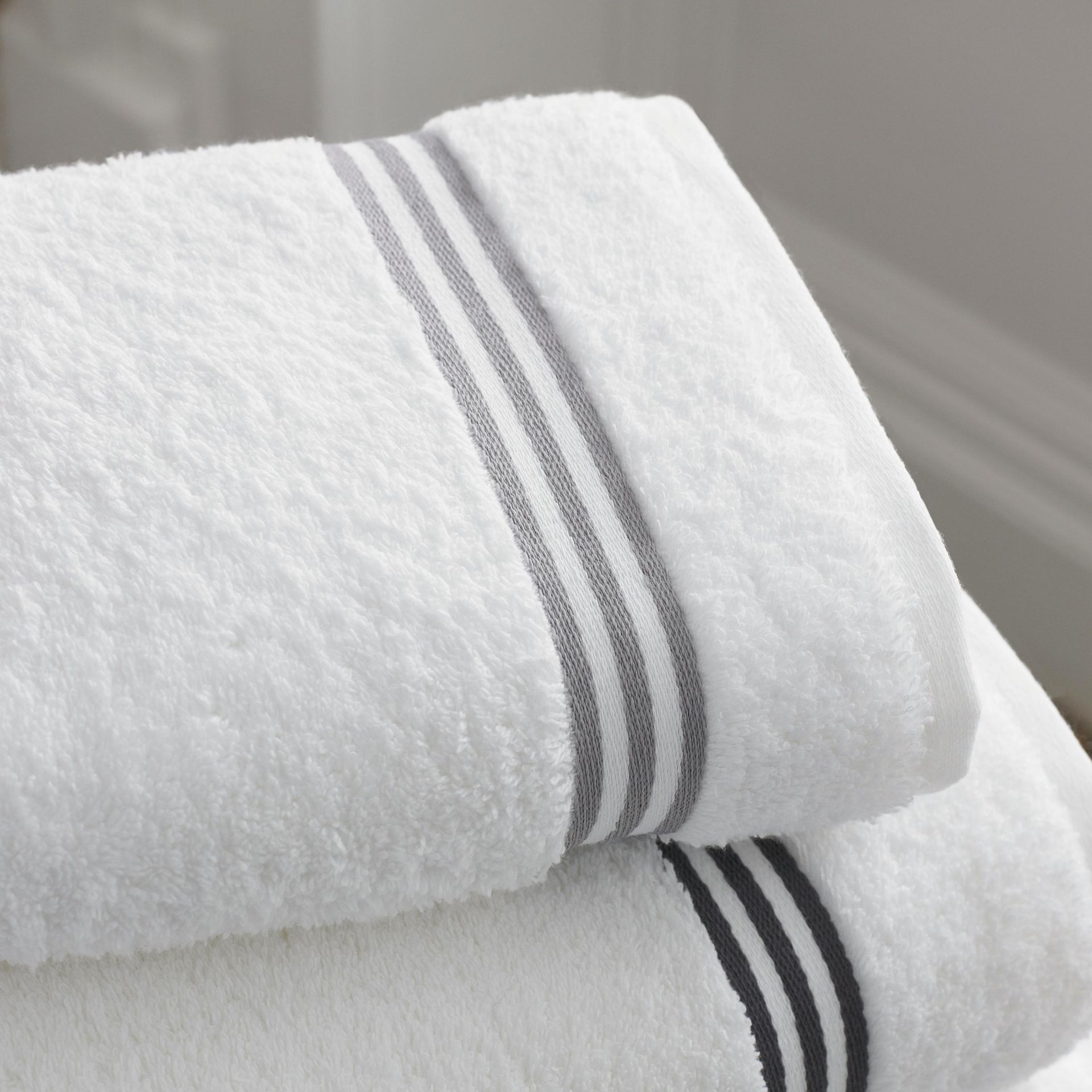
By African Dream Amenities
•
February 3, 2025
In the hospitality industry, the quality and selection of towels significantly influence guest satisfaction. At African Dream Amenities, based in Nelspruit, South Africa, we specialize in providing premium linens, towels, amenities, and training to elevate your establishment's guest experience. Understanding the various types of towels and selecting the appropriate ones for your facility is crucial. Types of Towels in the Hospitality Industry Bath Towels: These are the standard towels provided in guest bathrooms, typically measuring between 20" x 30" and 40" x 60". They are designed to offer comfort and absorbency after a bath or shower. Hand Towels: Smaller than bath towels, hand towels are usually placed near sinks for drying hands. They are essential for maintaining hygiene and are frequently used throughout the day. Washcloths (Face Towels): These small, square towels are used for washing the face and body. They are gentle on the skin and help in maintaining personal hygiene. Bath Mats: Placed on the floor outside the bathtub or shower, bath mats prevent slips and absorb excess water, enhancing bathroom safety and cleanliness. Pool Towels: Larger and more absorbent, pool towels are designed for use around pools or beaches. They often feature vibrant colors or patterns and are quick-drying to accommodate frequent use. Spa Towels: Thicker and more luxurious, spa towels provide guests with a plush experience during spa treatments. They are made from premium materials to offer maximum comfort. Gym Towels: Lightweight and durable, gym towels are designed to absorb sweat and withstand frequent washing, making them ideal for fitness centers within hospitality establishments. Factors to Consider When Choosing Towels Material: Cotton is the preferred material for hotel towels due to its softness, absorbency, and durability. Combed or ringspun cotton towels are particularly favored for their strength and luxurious feel. GSM (Grams per Square Meter): This measures the density of the towel. Towels with a higher GSM are thicker and more absorbent, offering a more luxurious experience, while lower GSM towels are lighter and quicker to dry. Size: Ensure that the towel sizes align with their intended use. For instance, bath towels should be large enough to wrap around the body comfortably, while hand towels should be appropriately sized for drying hands. Durability: Towels in hospitality settings undergo frequent laundering. Choosing towels that maintain their quality and appearance after multiple washes is essential for cost-effectiveness and guest satisfaction. Color: While white towels are classic and convey cleanliness, colored towels can add a distinctive touch to your establishment's decor. However, it's important to consider that colored towels may require more careful maintenance to prevent fading. Enhancing Guest Experience with the Right Towels Providing high-quality towels tailored to specific guest needs enhances comfort and satisfaction. For example, offering plush spa towels in wellness areas or quick-drying pool towels in recreational zones demonstrates attention to detail and commitment to guest comfort. Towel Care Tips for Longevity Proper Washing Techniques: Use mild detergents and avoid fabric softeners, which can reduce absorbency over time. Wash towels in warm water to remove oils and residues effectively. Drying Methods: Tumble dry on a low setting to maintain the towel's softness and prevent shrinkage. Over-drying can weaken fibers and reduce lifespan. Storage: Store towels in a cool, dry place to prevent mildew. Ensure they are completely dry before folding and storing. Rotation System: Implement a rotation system to evenly distribute wear and extend the lifespan of your towel inventory. Eco-Friendly Towel Options With increasing awareness of sustainability, eco-friendly towels made from organic cotton, bamboo, or recycled materials are becoming popular. These towels are not only environmentally responsible but also offer excellent softness and durability. Organic Cotton Towels: Grown without synthetic pesticides, these towels are gentle on the skin and eco-friendly. Bamboo Towels: Naturally antibacterial and highly absorbent, bamboo towels are a sustainable choice with a luxurious feel. Recycled Fiber Towels: Made from recycled materials, these towels reduce environmental impact without compromising quality. Maximizing Value with African Dream Amenities At African Dream Amenities, we understand the importance of selecting the right towels to complement your establishment's services. Our range of products is designed to meet the diverse needs of the hospitality industry, ensuring that your guests enjoy a memorable and comfortable stay. Partner with us to elevate your guest experience through premium towels and amenities. Contact African Dream Amenities today to explore our offerings and discover how we can support your establishment's commitment to excellence.

